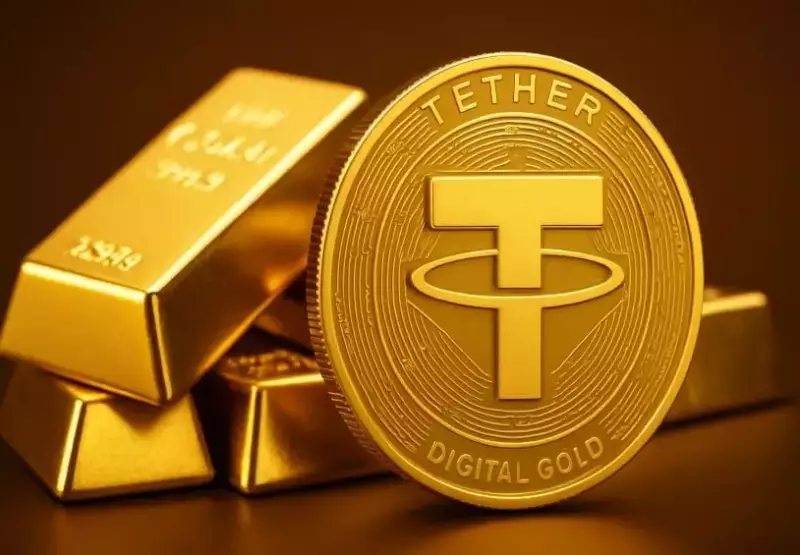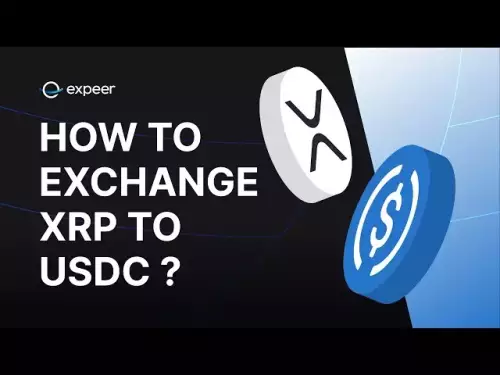 |
|
 |
|
 |
|
 |
|
 |
|
 |
|
 |
|
 |
|
 |
|
 |
|
 |
|
 |
|
 |
|
 |
|
 |
|
Cryptocurrency News Articles
Stablecoins, Rebranding, and US Rules: Navigating the New Landscape
Oct 09, 2025 at 03:17 pm
Stablecoins face US regulatory scrutiny, prompting rebranding and strategic shifts. Explore how firms like Tether are adapting to the GENIUS Act.

Stablecoins, Rebranding, and US Rules: Navigating the New Landscape
The stablecoin market is undergoing a significant transformation as US regulations tighten. The GENIUS Act has sent shockwaves through the industry, compelling firms to adapt or risk being left behind. Let's dive into the key developments and what they mean for the future.
The GENIUS Act and the Rush to Rebrand
With the passage of the GENIUS Act, any company offering dollar-pegged tokens to U.S. users now must be issued under American law, backed by cash or Treasuries, and overseen by regulators. This has triggered a scramble among stablecoin issuers, particularly those with offshore operations, to reinvent themselves as “American.”
Tether, whose USDT dominates the sector, faces unique challenges due to its offshore history. Rather than relocating operations, Tether is rolling out a new token, USAT, issued by Anchorage Digital Bank. This allows Tether to appear compliant without fundamentally changing its underlying control.
The JPMorgan Perspective: $1.4 Trillion in Demand
Analysts at JPMorgan predict that stablecoins could generate $1.4 trillion in demand for U.S. dollars by 2027. This massive increase would stem from overseas investors adopting dollar-backed tokens for transactions and investments. The GENIUS Act passing has become a stepping stone that accelerated the growth of dollar-backed tokens.
Beyond Tether: Industry-Wide Adjustments
Other issuers are also making adjustments. Circle, issuer of USDC, has worked to cement its American bona fides by pursuing a public listing and emphasizing its reserves in Treasuries and cash. Paxos, licensed in New York, has leaned heavily on its regulatory track record.
The broader trend reveals that many stablecoin companies are repackaging themselves to meet minimum requirements. New names, new affiliates, new partners — but the same offshore DNA behind the curtain. It begs the question of genuineness of these makeovers and whether they are enough.
1inch Rebrands to Reflect Broader Mission
1inch, a leading DeFi ecosystem, has also rebranded to reflect its growth and role as a core DeFi infrastructure provider. This move signifies the project's commitment to simplifying DeFi and making it ready for mass adoption. 1inch's rebrand signals maturity, but not a change in the mission.
Final Thoughts
The stablecoin market is at a pivotal moment. As US regulations reshape the landscape, companies are adapting in various ways. Whether these adjustments are genuine or merely cosmetic remains to be seen. One thing is certain: the future of stablecoins will depend on trust, transparency, and a willingness to embrace regulatory compliance.
So, buckle up, folks! It's gonna be a wild ride as stablecoins navigate this new world order. Who knows, maybe one day we'll all be paying for our lattes with USAT. Stranger things have happened, right?
Disclaimer:info@kdj.com
The information provided is not trading advice. kdj.com does not assume any responsibility for any investments made based on the information provided in this article. Cryptocurrencies are highly volatile and it is highly recommended that you invest with caution after thorough research!
If you believe that the content used on this website infringes your copyright, please contact us immediately (info@kdj.com) and we will delete it promptly.






























































